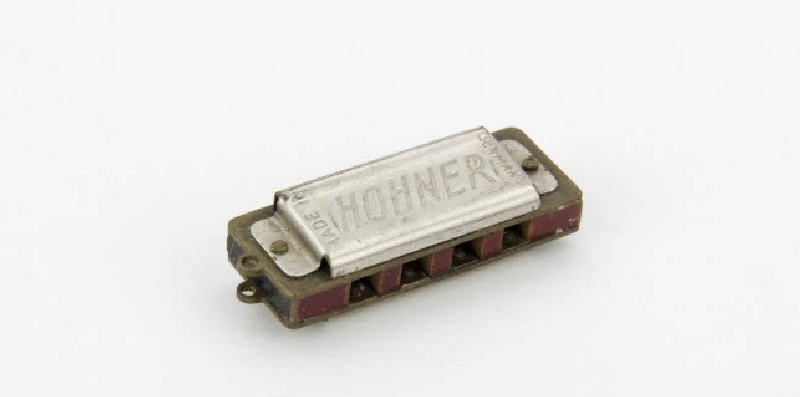The Collection of musical instruments of the Ethnographic Museum contains all four basic types of musical instruments according to scientific classification and, among them, aerophone instruments prevail by 71 percent. They are divided into smaller groups depending on different criteria. One of the criteria is the manner of sound production, thus there are:
1) free aerophones – that produce sound by setting free air into vibration
2) wind instruments
The first group is further divided into:
1a) instruments which produce sound by their spinning through the air; such as whips (the whip is primarily used for cattle drive, therefore, it forms part of the Collection of traditional farming within the Ethnographic Museum).
1b) instruments whereby the sound is produced by interrupting the air flow; such as the accordion and the harmonica and
1c) instruments whereby the sound is produced by explosion
The Collection of musical instruments includes two accordions (from the island of Silba and from Slovenia) and one small harmonica, the so called hohnerica, marked with the inventory number Et 11049, which was used for tuning tambouras. It was named after its manufacturer, i.e. musical instruments producer Hohner, from Germany. Mouth organ / Hochner factory; Germany, the first half of the 20th century / Et 11049, The Collection of Musical instruments
Mouth organ / Hochner factory; Germany, the first half of the 20th century / Et 11049, The Collection of Musical instruments
The other group – wind instruments, can also be further divided depending on the manner of sound production into:
2a) edge-blown aerophones or flutes whereby sound is produced by blowing against the rim of the tube: single-reed instruments (the single flute or the jedinka, žvegle, kaval, the side-blown flute or the stranščica, the flute, etc.), double-reed instruments (the dvojnice), triple-reed (the trojke), quadruple-reed (the četvorke) and multi-reed instruments (the pan flutes)
2b) reed-pipes whereby sound is produced by use of a single reed (diple, mišnjice, mih, bagpipes, dude, etc.) or a double reed (trumpets made from tree bark with a double-reed mouthpiece, zurle, sopile, etc.)
2c) lip vibrated aerophones: trumpets whereby sound is produced by blowing air by pursed lips into the pipe hole or into the cylindrical mouthpiece (different sorts of horns belong here – either made from animal horns or tree trunk). This group also covers brass trumpets (which the Collection does not include) which can be heard in different instrumental bands (Cf. Bezić et al. 1975, Andreis 1974, Ćaleta 2001).
The simplest aerophones in the Collection of musical instruments are the grmavica, (animal) horns, the bučine and trumpets made from tree bark.